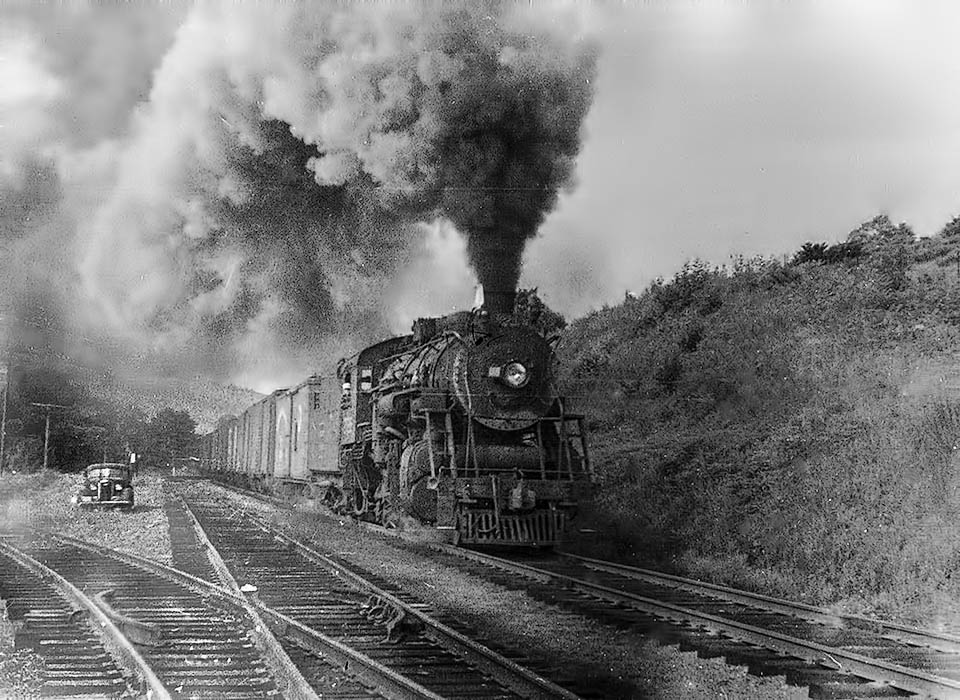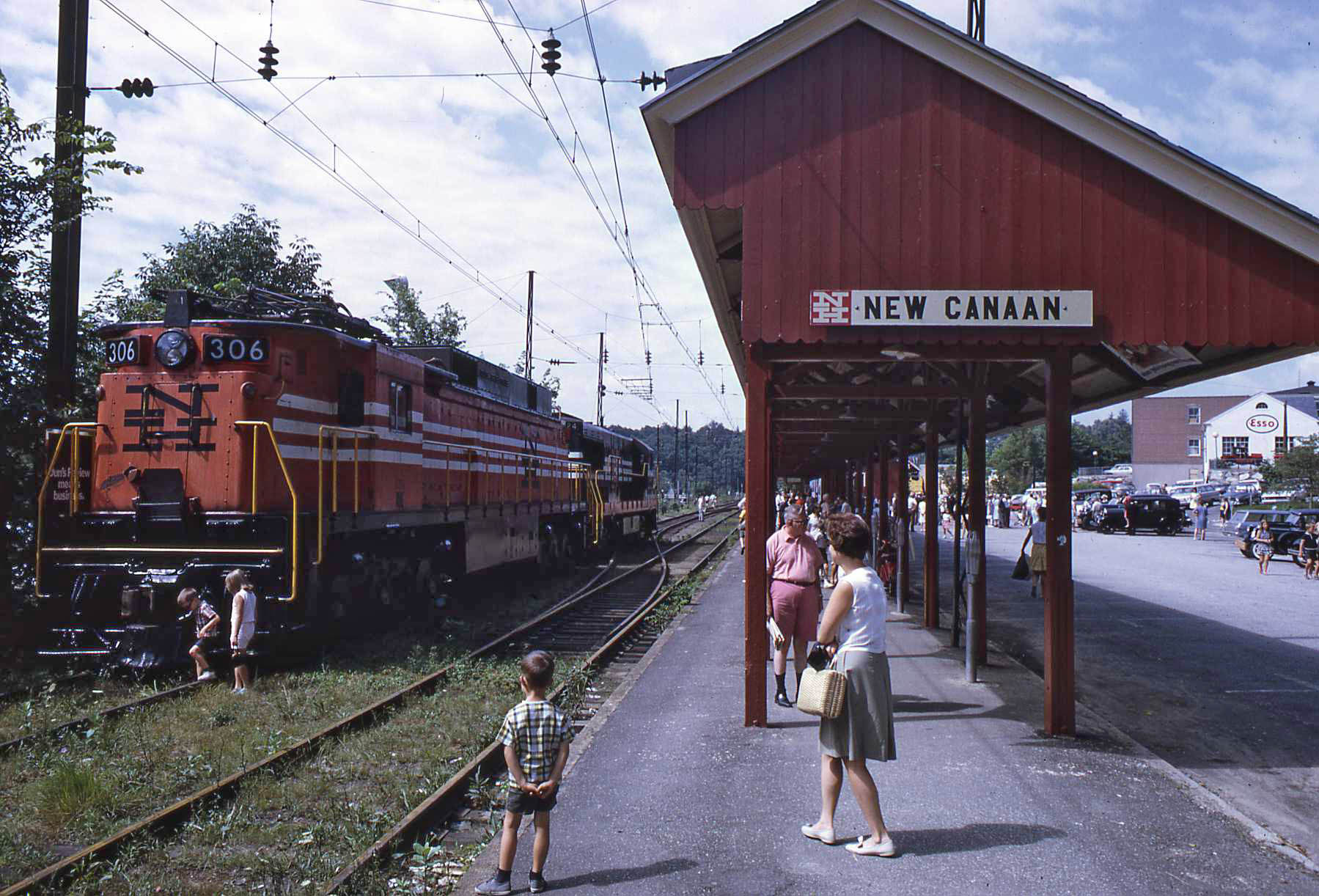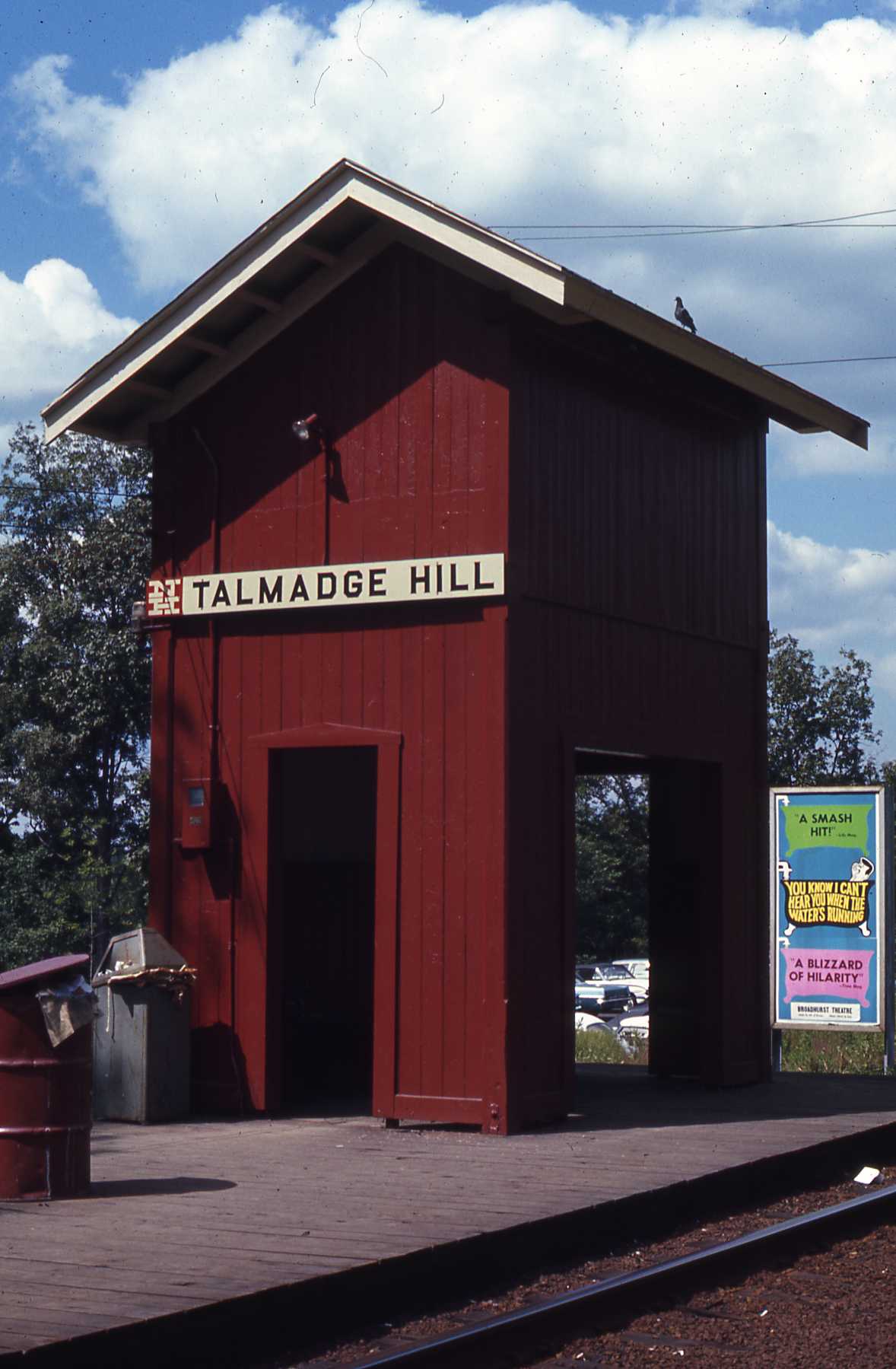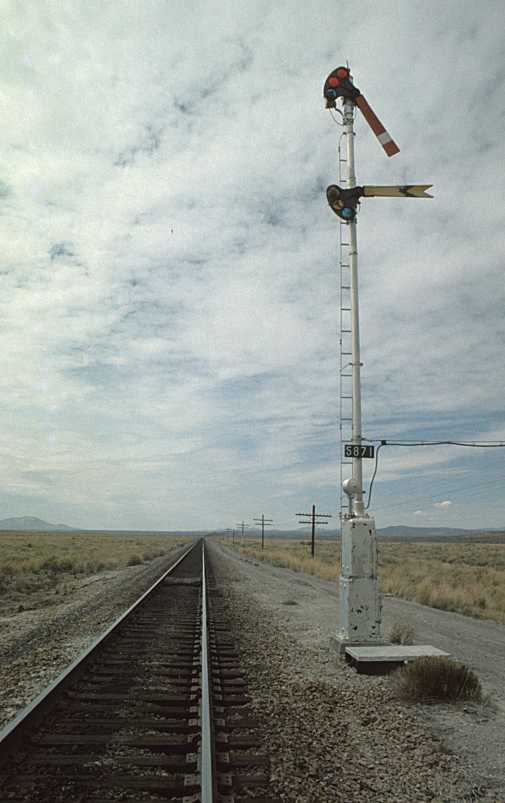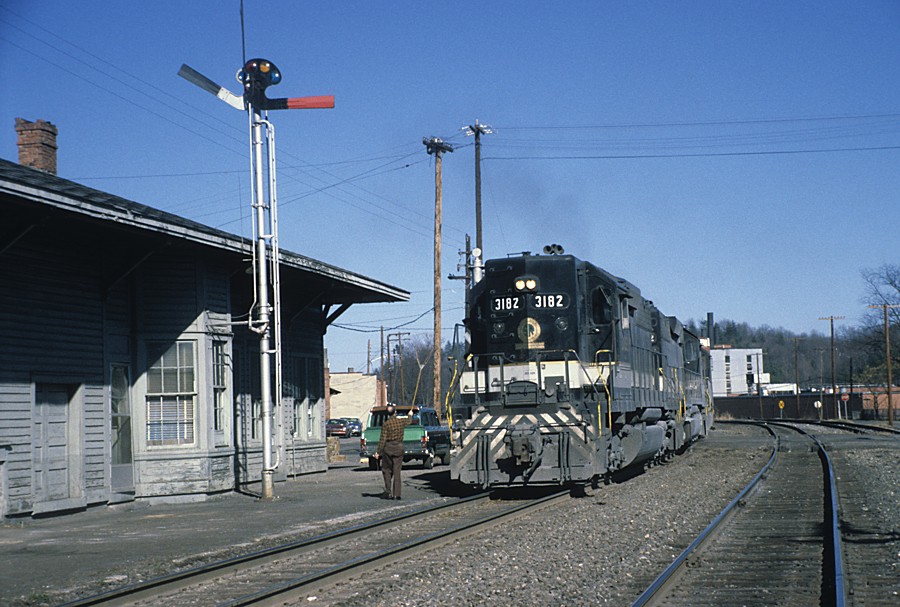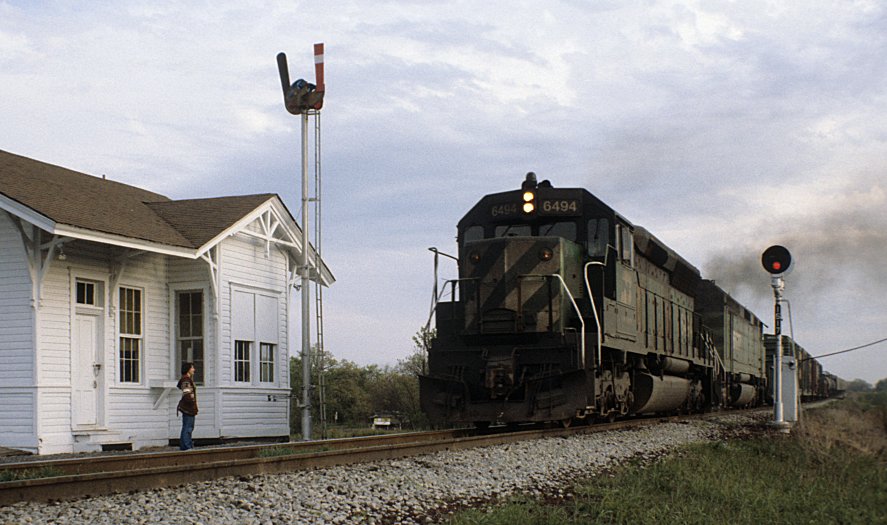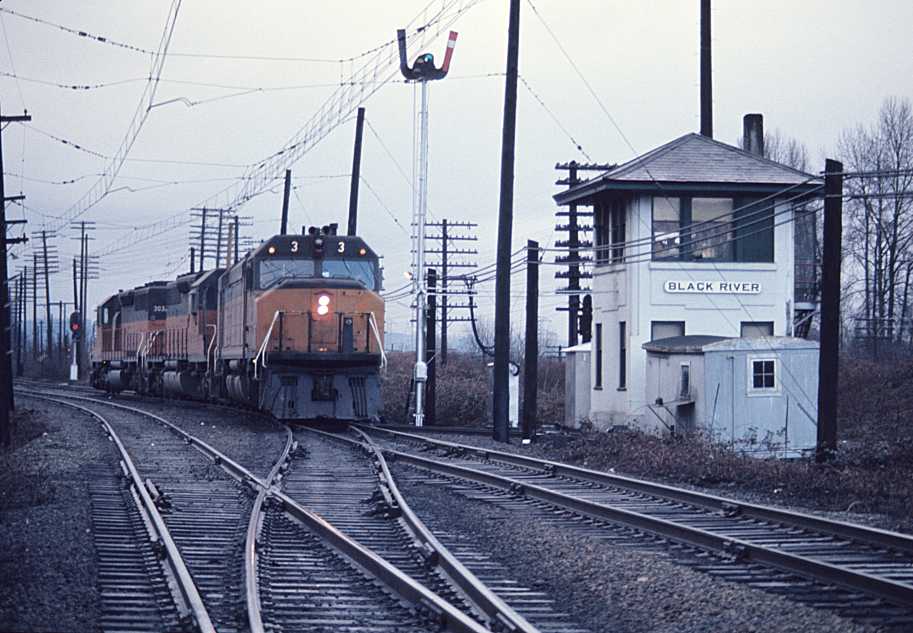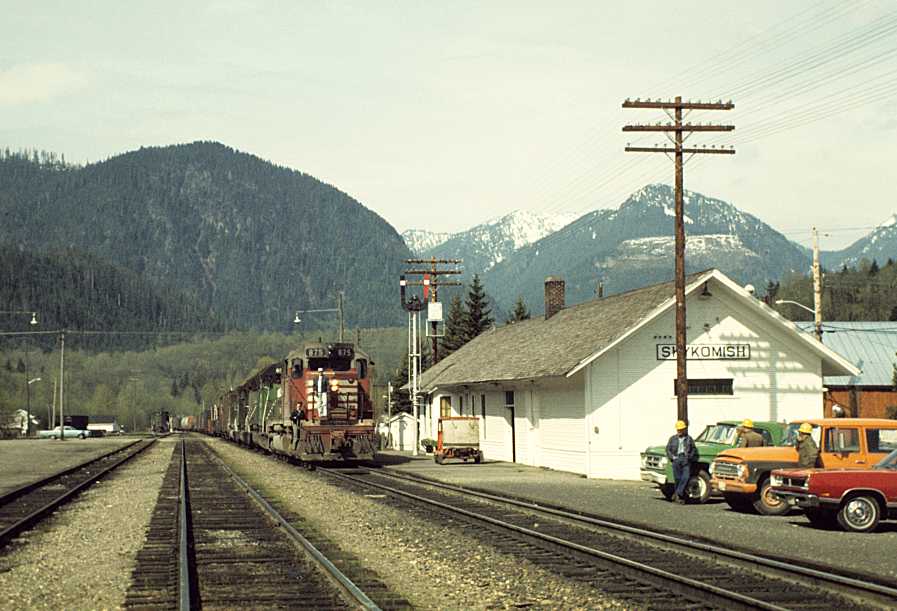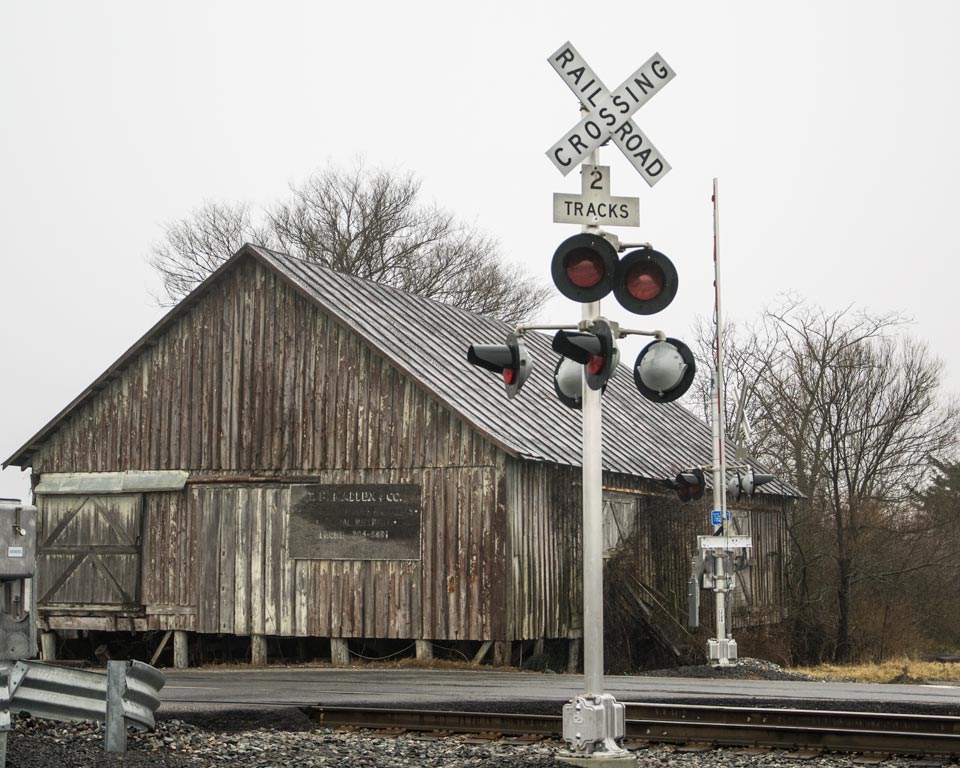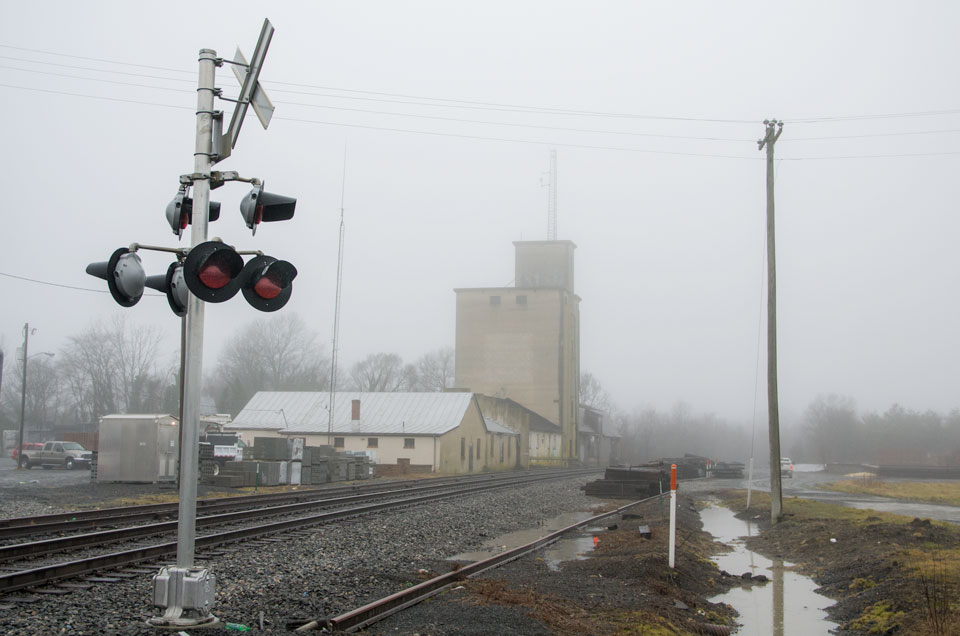I love looking at maps. I can spend hours reading them just like a good book. The town names suggest so much more than just identifying a location. There is a history and a romance behind those names as well as your mind’s image of what that spot must look like. Makes me want to follow that blue line or that thin black line and see for myself.
Railroad location signs give me the same feeling. They are not very common in the eastern United States, I suppose because they are an expense and have been replaced by electronics. But when I see a location sign along the tracks, for me it is just like reading the title to a book. There is a lot more behind it and some of the stories are fascinating. It gives me the same feeling of anticipation as rounding a bend and seeing a green signal.
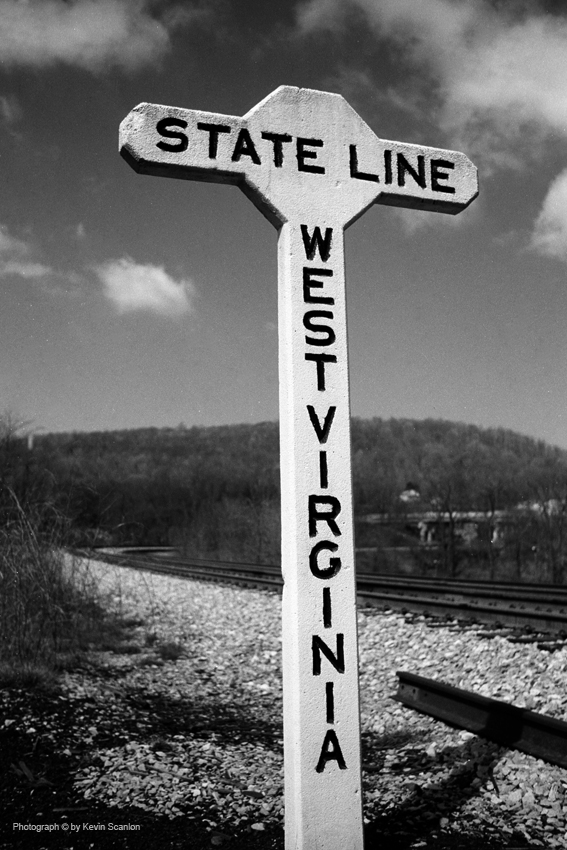
The B&O did it right with signs. I remember looking in a B&O shop window years ago and seeing a wooden mold for one of these concrete signs. This one is at Bloomington, West Virginia, where the Mountain Subdivision starts up Seventeen Mile Grade. Almost directly under this sign is an underpass where the Western Maryland Railway heads toward Elkins, West Virginia
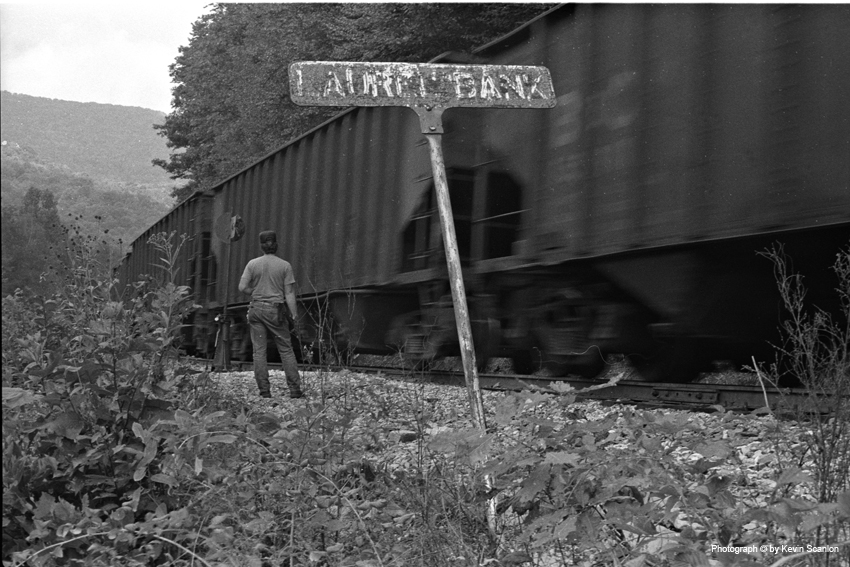
Down near the far end of that Western Maryland line is the outpost of Laurel Bank. The railroad had a small yard there as well as a rest house for crews. No motels here, but there is a cozy two story wooden boarding house with your locomotives also sleeping right outside the door. Here, a Laurel Bank Switcher puts together his train for a run up to Spruce, highest point on a mainline railroad east of the Mississippi at 4060 feet.
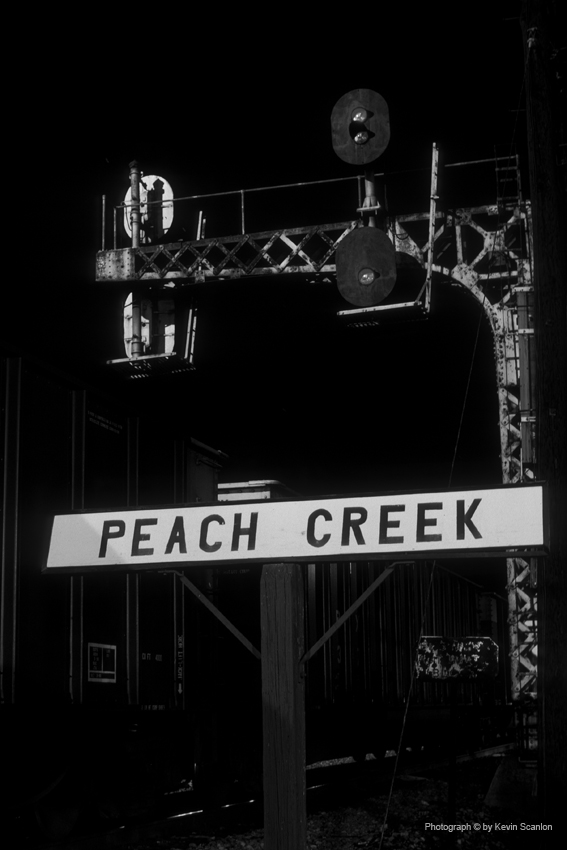
Peach Creek Yard on the Chesapeake and Ohio Railroad is just outside of Logan, West Virginia. It was the assembly point for mine runs on a multitude of branch lines fanning out of the area. I liked to stay at a very sketchy motel near the yard and get up early. The first shifter leaving the yard was the one I’d follow that day, down the Island Creek Sub to Stirrat or up the Buffalo Sub or down along the Guyandotte River to a connection with the Virginian at Gilbert.
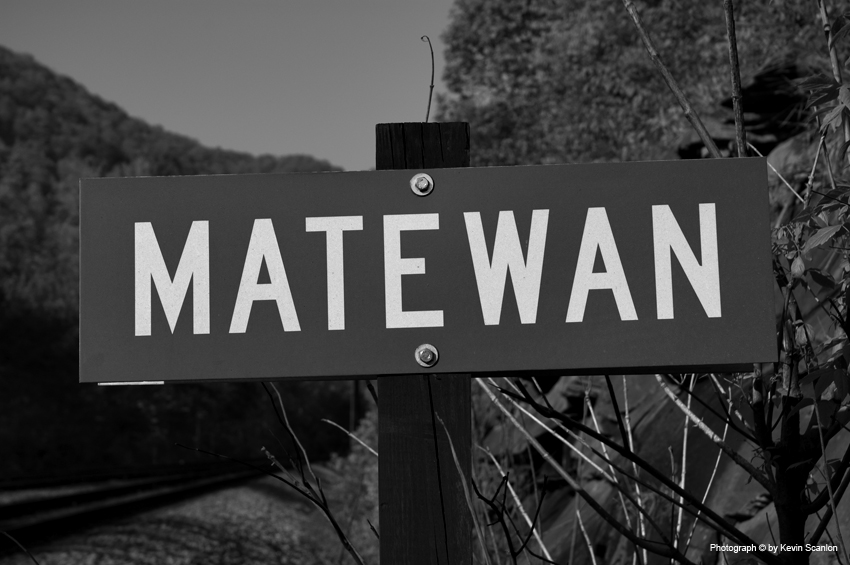
The Norfolk and Western Pocahontas Division mainline is rich with history and has some of the best town names I’ve ever heard. Matewan was not only ground zero of the Hatfield-McCoy legend but also the site of the Matewan Massacre which was the opening battle of the West Virginia mine wars in the 1920s. The downtown area is still pretty much as it has been for 100 years. Incidentally, Devil Anse Hatfield, the patriarch of the clan, was actually an astute businessman. He speculated in lumber and real estate and sold some of his land to the N&W.
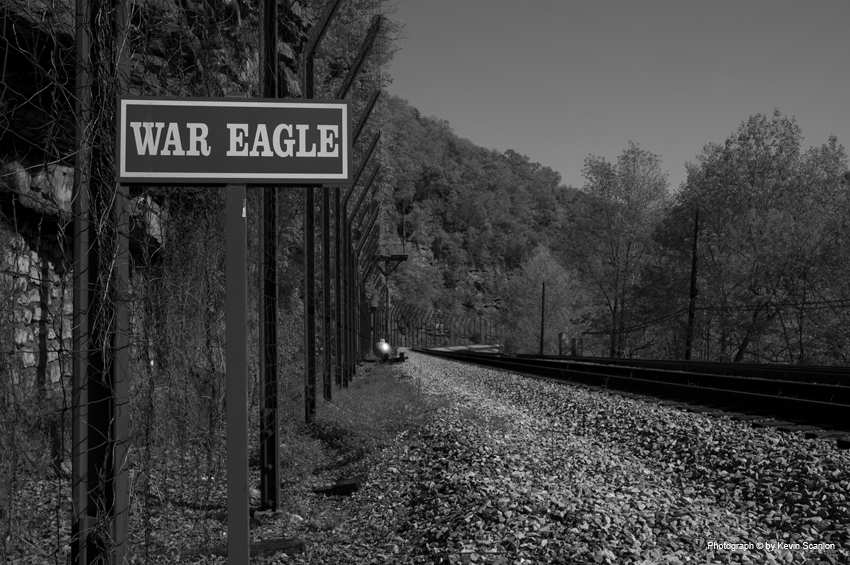
I have to admit, I know nothing about War Eagle except that it is a spot on the Poky mainline. You have to love the name though. Right along this same stretch on the Tug Fork River you can also visit Old Joe, Aught-One, Vulcan, Mohawk, Panther and Wyoming City. The drive is a memorable one, although not for the timid.
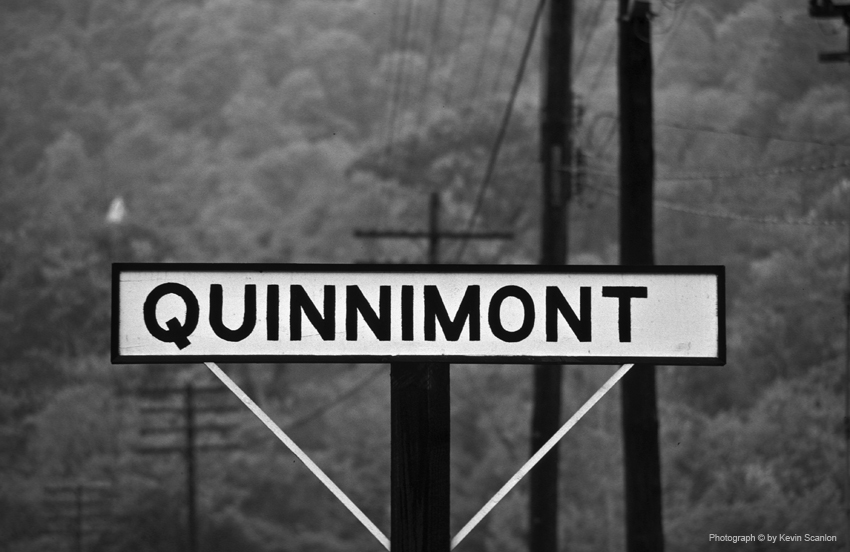
The Chesapeake & Ohio had some elegant looking location signs. Painted white with angled metal supports on a wooden post. The signs were trimmed with black painted wood frames. They had dignity, as did the other structures supporting the railroad from the board and batten depots (and outhouses) to the graceful cantilever signal bridges. Quinnimont yard supported several branch lines including the Laurel Creek Branch and the Piney Creek Branch up over the mountain and down into the Winding Gulf region.
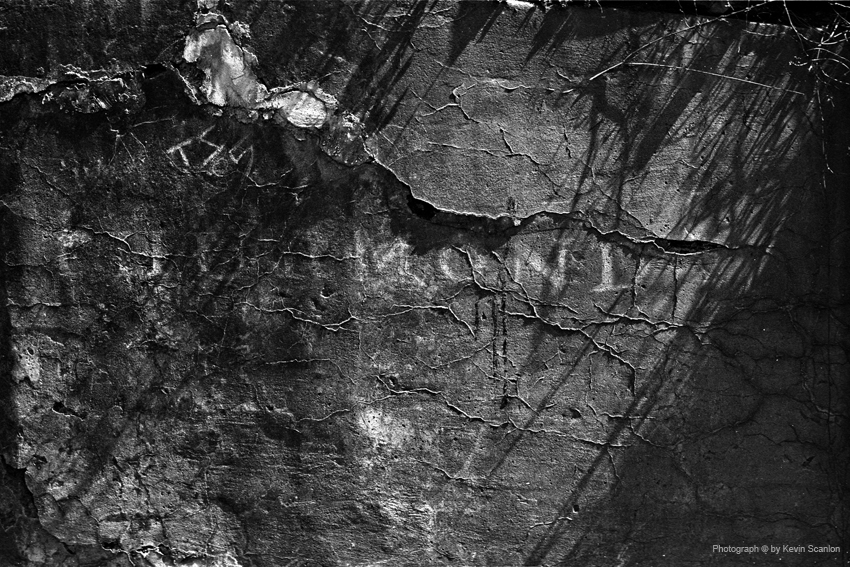
This sign was well deteriorated when I came across it, painted onto a wall on the main street of Thurmond. Directly across the tracks was the Chesapeake & Ohio engine-house and coal dock. Just up the tracks is the iconic Thurmond depot, now a National Park Service visitor center. Ironically, this sign was stripped off when the movie Matewan was filmed in Thurmond. It was repainted by the movie company when they pulled out. Apparently the actual town of Matewan didn’t look enough like Matewan for them.
Kevin Scanlon – Photographs and text Copyright 2016
See more of Kevin’s work at Kevin Scanlon Photography.
